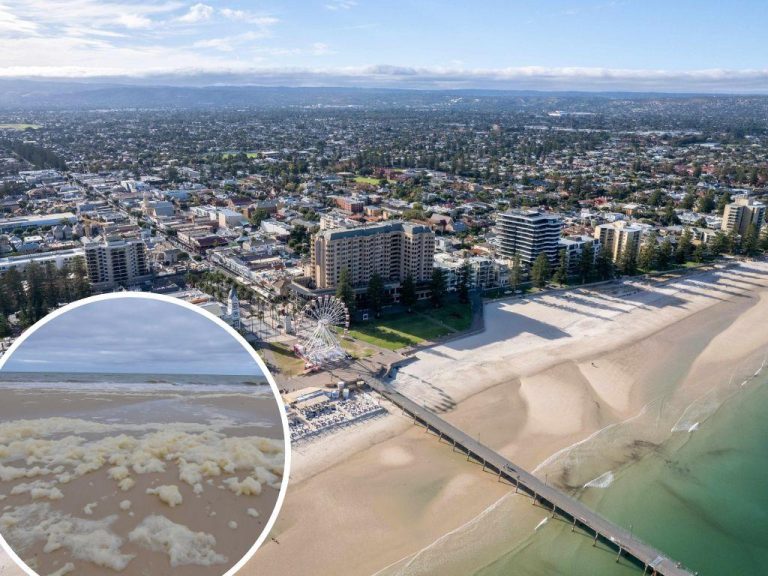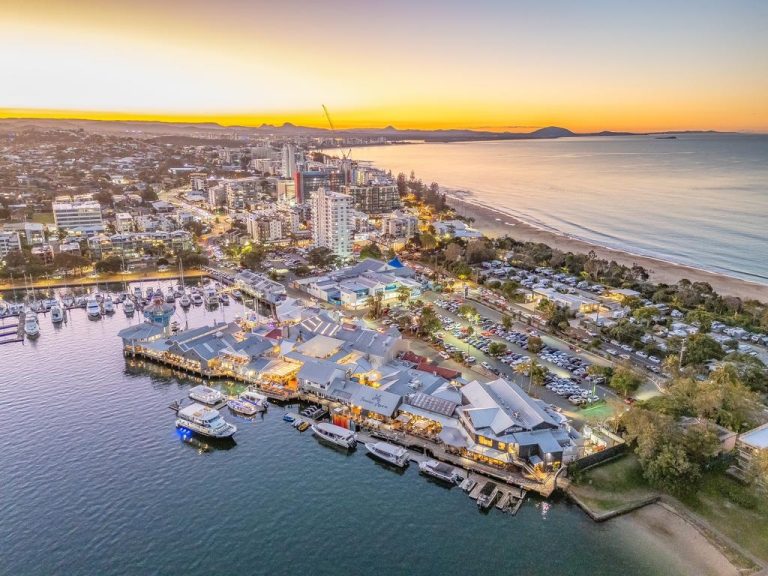Commercial investors continue to flee this state as residential demand creeps back
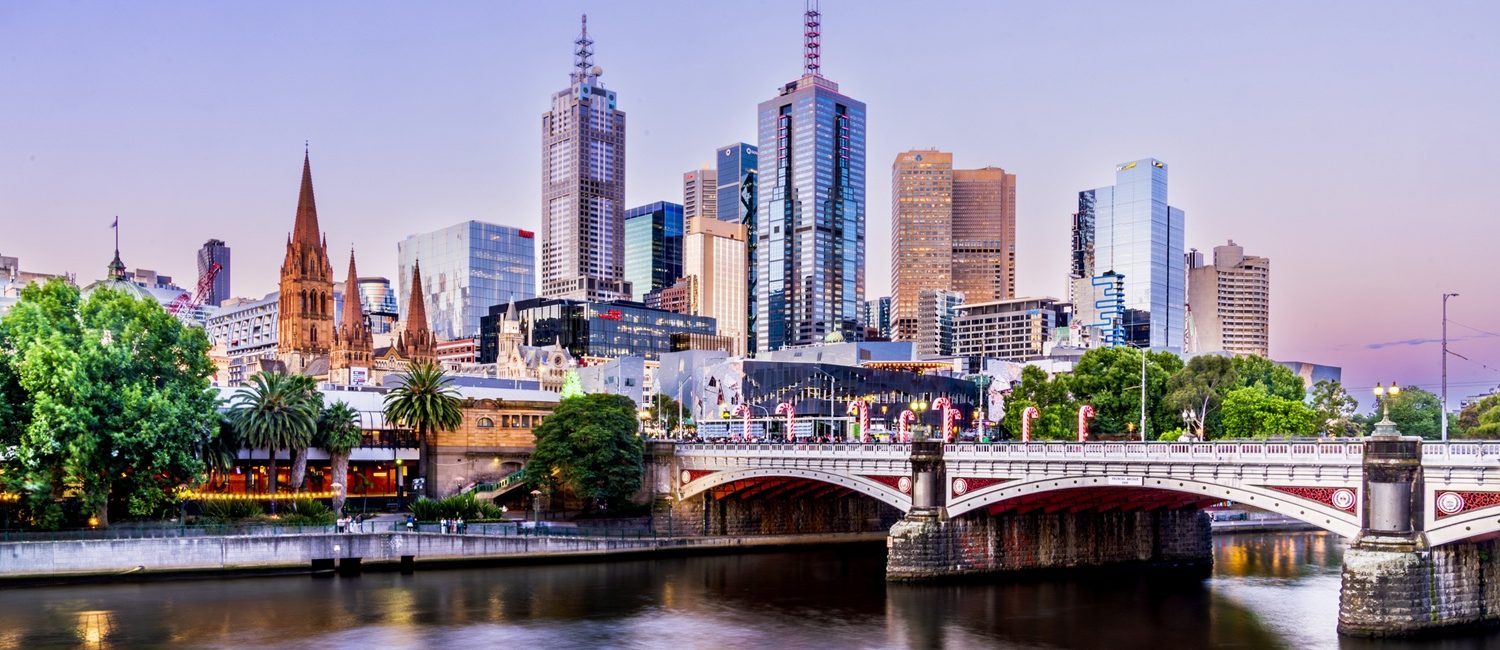
For a long time, Victoria had been the darling of both commercial and residential property investors.
Melbourne’s rapid population growth, deep labour pool, and diverse economy made it a magnet for capital. But things have shifted, particularly over the past five years.
One of the clearest signs of waning confidence has been a stronger decline in commercial investment volumes in Victoria compared to the other states.
A decade ago, Victoria accounted for around 30% of national commercial real estate investment, according to MSCI Real Capital Analytics. That share has steadily fallen, reaching a new low of just 21% in June of this year.
This decline accelerated in early 2024, coinciding with the Victorian government’s COVID Debt Repayment Plan, a key component of which included slashing the land tax threshold from $300,000 to $50,000.
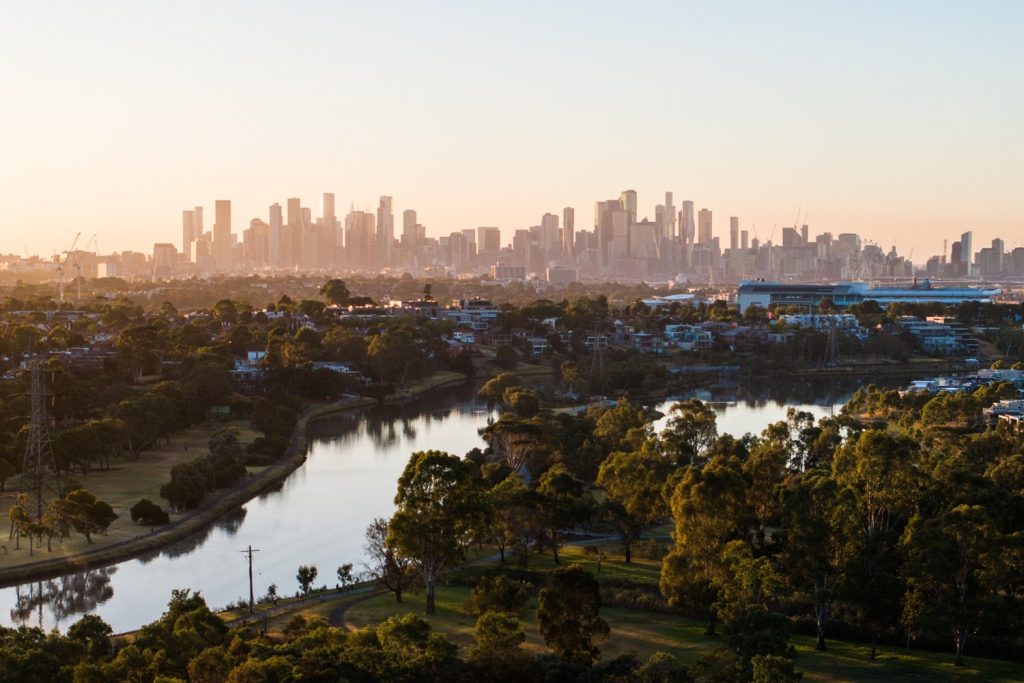
Victorian landlords face the highest property taxes in the country. Picture: Getty
This move has significantly increased annual holding costs for Victorian property owners, many of whom were already struggling with higher council rates, compliance costs and, in the case of commercial investors, increased vacancies.
From July 2024, the Victorian government also introduced the Commercial and Industrial Property Tax (CIPT) which replaced upfront stamp duty costs with an annual 1% levy on the land value after a 10-year transition period.
Together, these reforms mean Victorian landlords now face the highest property taxes in the country. Incredibly, property taxes now make up 47% of total state revenue, according to the Victorian Budget for 2025-26.
With fewer commercial property investors targeting Victoria, demand is rising in the other states where tax settings are viewed as more moderate and predictable. Queensland has seen the strongest rise in demand and is taking share away from Victoria. A decade ago, Queensland accounted for 14% of commercial investment volumes in Australia. It now ties with Victoria at 21% of volumes.
Similarly, Victoria’s residential sector has seen demand slow over the past five years, with more investors selling than buying. Over the two years ending December 2024, the total number of rental properties, estimated by total active residential bonds, shrunk by around 28,000, according to the Department of Families, Fairness and Housing.
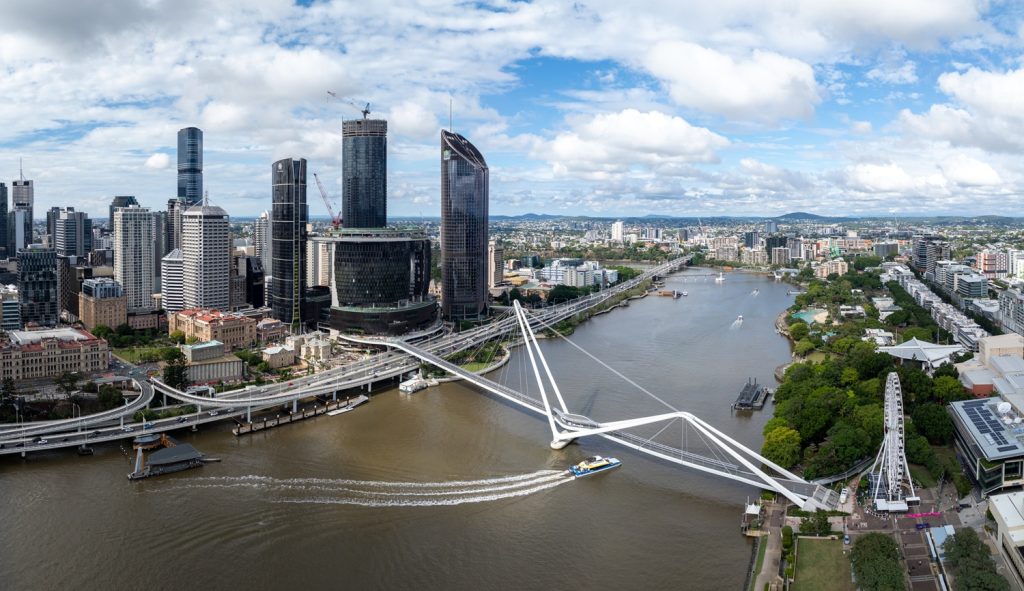
Queensland now attracts 21% of national commercial real estate investment volumes, tying with Victoria. Picture: Getty
A predictable consequence of Victoria’s high-tax environment is reduced buyer demand and weaker development activity. The Housing Industry Association estimates that up to 43% of the cost of building a new home in Victoria now goes to government taxes, fees and levies.
Along with sluggish price growth in comparison to the other states, this is contributing to a slower rebound in development activity in Victoria, across both residential and commercial.
Until recently, Victoria had been more successful at developing enough new homes – another key factor behind the state’s relatively lower growth rates. This is now changing.
While dwelling approvals were up 7% in Victoria over the year ending July compared to the previous 12 months, they are failing to keep up with population growth. In contrast, approvals were up 17% in New South Wales, 14% in Queensland, 27% in South Australia, and 28% in Western Australia.
There were around 11,000 fewer annual dwellings approved over the past year in Victoria compared to the pre-pandemic five-year average level. Similarly, the feasibilities of many commercial developments in Victoria have been hit by restrictive tax settings.
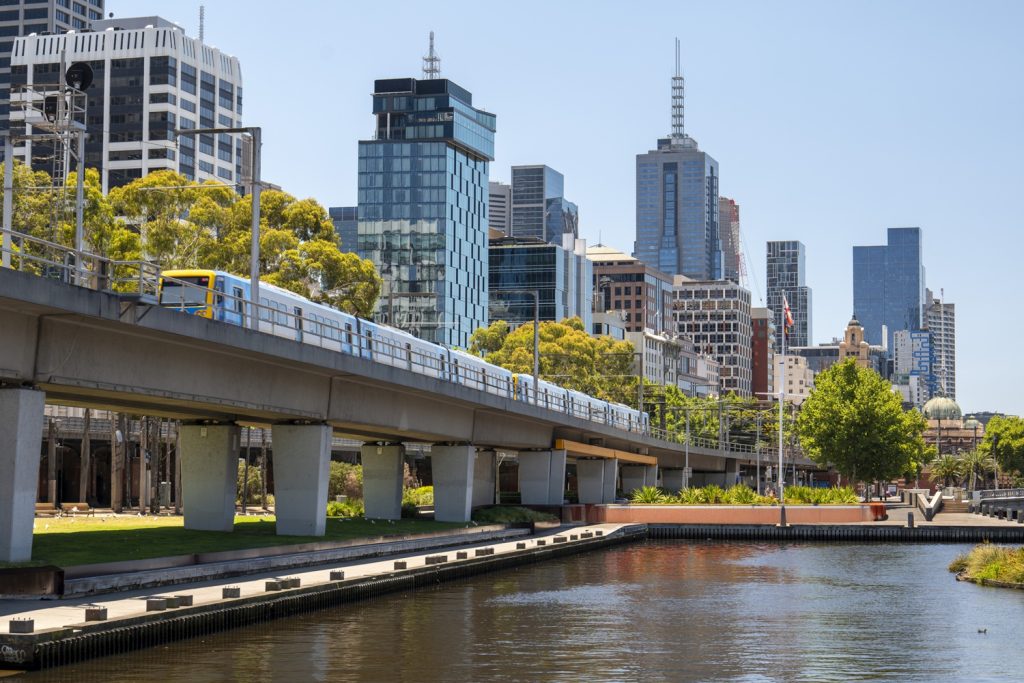
Victoria is starting to see demand for residential property creep back due to relative affordability. Picture: Getty
But despite the state’s oppressive taxes, Victoria’s fundamentals remain strong and demand for residential is starting to creep back – driven in large part by interstate investors.
Less than two years ago, Melbourne was the second most expensive capital city behind Sydney. Now, only Hobart and Darwin have a lower median home price. This lower price point is helping to offset the tax disincentives.
For investors with a long-term view, Victoria’s fundamentals remain strong. The state continues to see the largest population growth in absolute numbers which will underpin demand for both residential and commercial properties.
Against this, all signs point to a structural undersupply that will underpin the performance of real estate in the state over the long term.

